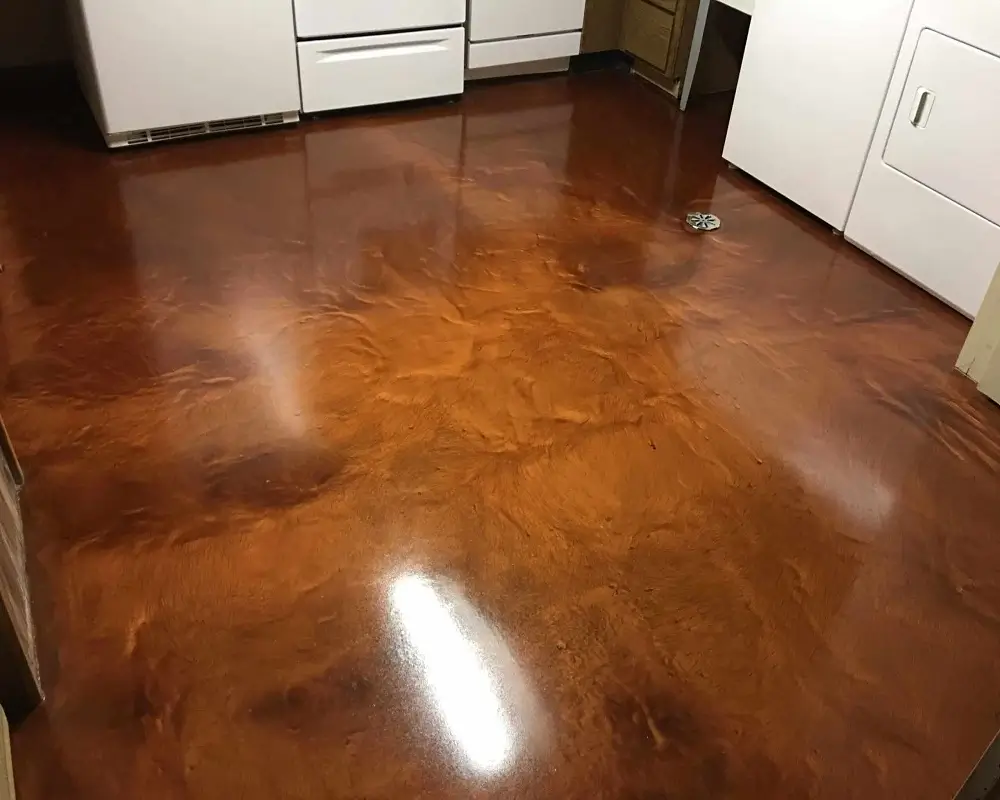FAQ
A: With proper installation and maintenance, epoxy floor coating can last for many years. The lifespan depends on factors such as the quality of the coating, the amount of foot traffic, and the level of maintenance.
A: In most cases, epoxy can be applied over existing flooring, such as concrete or tile. However, proper surface preparation is crucial to ensure adhesion and a long-lasting finish.
A: The curing time for epoxy floor coating can vary depending on the specific product used. Generally, it is recommended to wait at least 24 to 72 hours before subjecting the floor to heavy traffic or placing furniture and equipment on it.
A: For minor stains, clean the affected area with a mild detergent solution and a soft brush or cloth. For deeper stains or scratches, it may be necessary to lightly sand the surface and apply a fresh coat of epoxy. It is always advisable to consult with a professional for best results.
A: While epoxy floors can have a glossy finish, they can be made slip-resistant by incorporating additives or textured finishes. These additions enhance traction and reduce the risk of slips and falls, making them safe for various applications.
A: Regular cleaning is essential for maintaining the appearance of epoxy-coated floors. Sweep or dust mop daily, and periodically mop with a pH-neutral cleaner. Avoid using harsh chemicals or abrasive cleaners that can damage the epoxy surface.
A: The ideal temperature for epoxy floor coating application is usually between 60°F and 90°F (15°C to 32°C). Cold temperatures can hinder proper curing and adhesion, so it is important to follow the manufacturer’s guidelines and ensure the area is adequately heated if necessary.
A: While epoxy is primarily designed for indoor use, there are special formulations available for outdoor applications. These outdoor-grade epoxy coatings are specifically formulated to withstand UV exposure, temperature fluctuations, and other environmental factors.





